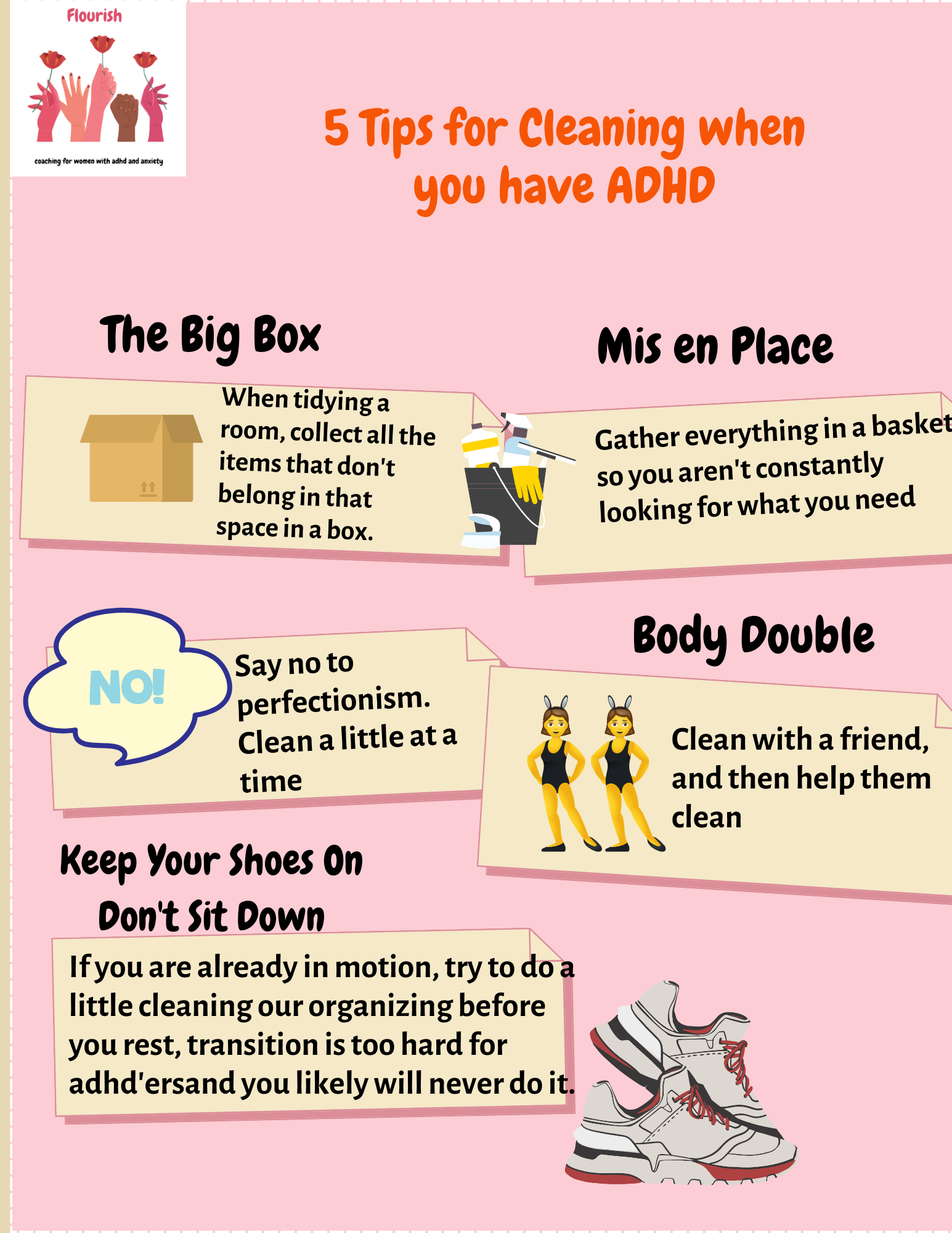
Neurodivergent and Neurotypical Communication:Three Tips to Help Couples
1. Establish a Comfortable Environment
Why It's Important: For adhd and autistic people, a sensory-friendly environment is crucial to minimize distractions and sensory overload, which helps in focusing better on the conversation.
How to Do It:
- Choose a Quiet Space: A quiet, predictable setting helps mitigate sensory challenges, making it easier for neurodivergent individuals to engage in meaningful conversations.
- Control Lighting and Temperature: Adjust the environment to ensure it is not overly stimulating; soft lighting and comfortable temperatures can make a significant difference.
- Limit Digital Distractions: Creating a space free of phones and other technology ensures that both partners are fully present, enhancing the quality of the interaction.
2. Engage in Mutual Interests
Why It's Important: Sharing interests can help maintain engagement and make communication more reciprocal and satisfying, particularly important in mixed neurotypical/ neurodiverse ( autistic, adhd, audhd) relationships where one partner might have a different approach to conversation.
How to Do It:
- Explore Shared Topics: Discussing shared interests creates enthusiasm and keeps both partners actively involved.
- Encourage Expressive Sharing: If you are neurotypical, explain why a particular interest captivates you and invite your partner to do the same. This open exchange deepens understanding and celebrates differences in communication styles. Getting your partner interested and curious is a great way to connect!
3. Foster Open and Honest Communication
Why It's Important: Neurodivergent and neurotypical individuals may interpret and communicate their thoughts and emotions differently, making transparency and clarity even more essential.
How to Do It:
- Use Clear Language: The neurotypical partner can work to avoid ambiguities by using direct and straightforward language, which can prevent potential misunderstandings.
- Check for Understanding: After sharing thoughts, each partner should ask the other to summarize their understanding of what was discussed to ensure clear communication.
- Express Emotional Needs Explicitly: Be open about your feelings and needs, especially in moments of discomfort or misunderstanding, to help your partner respond more effectively.
Conversation Enhancement Checklist
Before your conversation:
- Prepare a comfortable, distraction-free environment.
- Identify a mutual interest to discuss.
During your conversation:
- Use clear, straightforward language.
- Engage deeply with the shared topic, explaining personal connections to the subject.
- Ensure mutual understanding through summarization and clarification.
After your conversation:
- Reflect on the effectiveness of the communication.
- Express appreciation for each other’s participation and effort.
- Adjust plans based on what was learned about each other's communication preferences.
Differences between neurotypical versus neurodivergent communication
Some differences that are not always true but may be true about neurodivergent versus neurotypical communication
Neurotypical Communication:
- Neurotypical people may use subtext, implications, and indirect language to convey messages, often to soften requests or avoid conflicts.
- Neurotypical people may rely heavily on non-verbal signals like eye contact, facial expressions, and body language to convey and interpret messages.
- Neurotypical people may enjoy engaging in small talk and casual conversation across various topics.
- Neurotypical people may prioritize social and emotional cues, responding quickly and intuitively during conversations.
- Neurotypical people may be comfortable with various communication channels and quickly adapt to conversational contexts.
Neurodivergent Communication:
- Neurodivergent people may prefer direct and literal communication, stating thoughts and intentions clearly without relying on subtle cues.
- Neurodivergent people may often interpret language more literally, which can lead to misunderstandings of sarcasm, idioms, or figurative speech.
- Neurodivergent people may focus intensely on specific topics of interest, preferring in-depth discussions over casual small talk.
- Neurodivergent people may require more time to process information and respond, focusing heavily on the content rather than social cues.
- Neurodivergent people may prefer specific communication methods, like written communication, due to sensory sensitivities or comfort levels.



